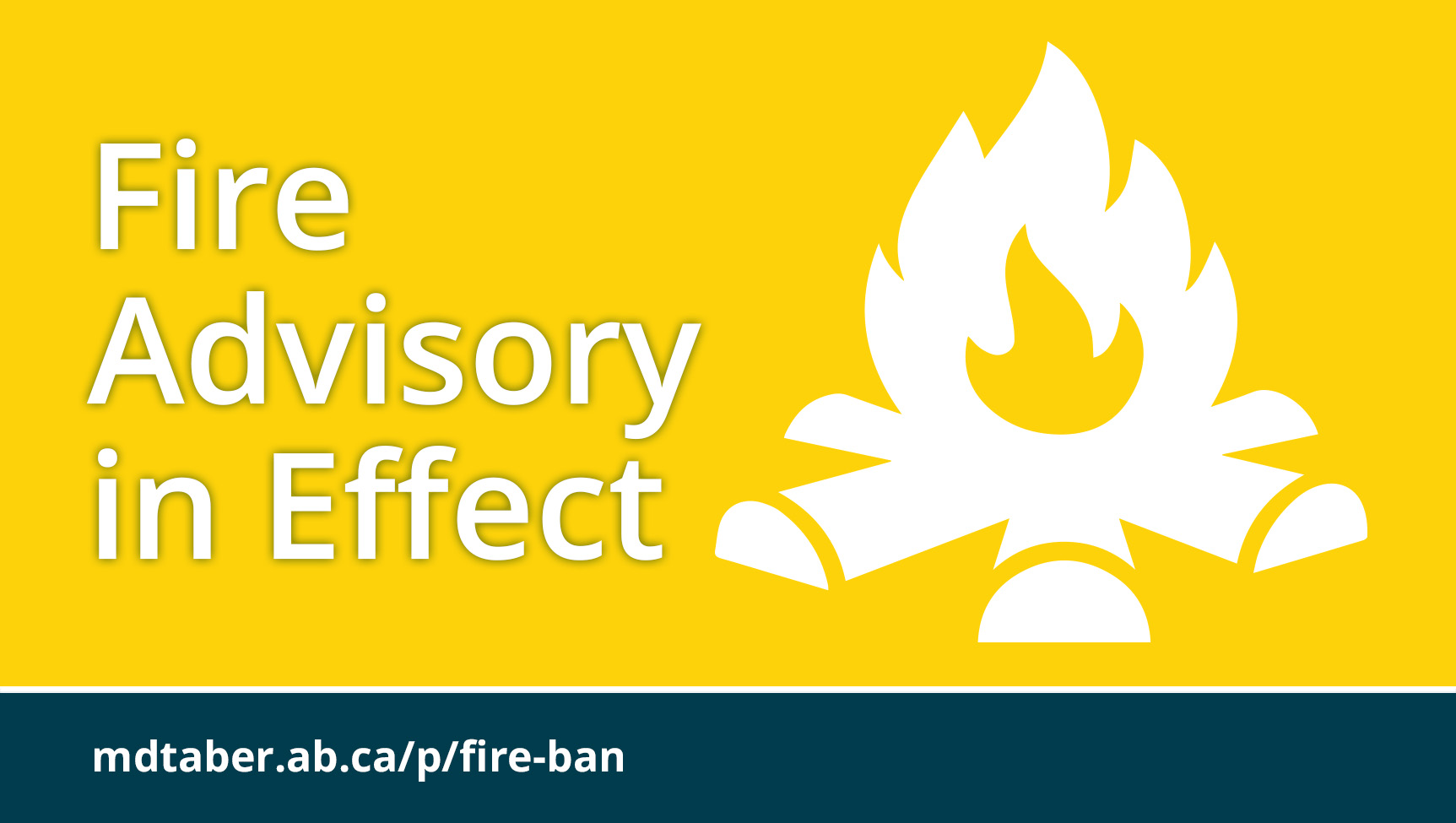Many landowners and homeowners are recognizing the importance and value of trees in their yards. Trees are a defining characteristic of rural farmyards and homes on the prairies, and many have been on the property for generations. They help to beautify and provide shelter to a yard. They also provide a habitat for birds and other animals.
A tall, mature tree can take decades to become well established, and if not properly cared for, can become quite expensive to maintain and even more so to replace. However, if care and attention are given to trees, they can be very beneficial to the landowner and the yard and continue to live for many more decades. For example, poplar trees can live 50 years and a spruce tree can live for 200 years or more!
Local Pests
In this region, several pests and diseases can negatively affect the health and appearance of trees. These pests can be found in both deciduous (leaf-bearing) and coniferous (needle and cone-bearing) trees. A pest is any living organism that can cause damage or injury to people or property, reduce economic yield, or interfere with regular human activities.
Through various methods and means, pests of trees can be maintained and controlled. The first step towards maintenance and control is identifying the type of pest that is present. Listed below are some common pests of this region, how to identify them, and potential control measures.
Agricultural Services provides a tree spraying service to residents. Trained staff come to your yard and assist you in identifying any pests that are affecting your trees. After identifying the pest, they will discuss potential treatment options with you. If an insecticide application is the best option to control the pest, several different products can be used to provide the best and most effective pest management and control. If you have any questions about this tree spraying service or about any potential pests in your trees, please feel free to contact Agricultural Services.
| Questions? |
|---|
| Call 403-223-8735 Monday - Friday 8:00 am - 4:30 pm |
Aphids
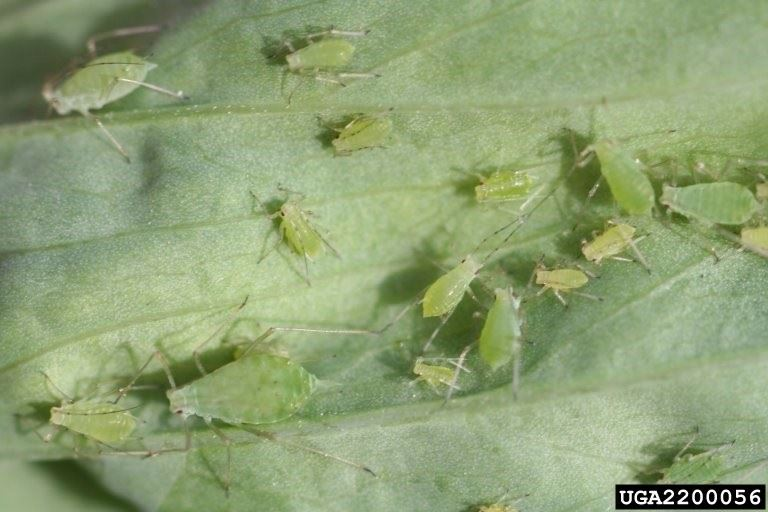
Aphids
Aphids are small insects that vary in colour from white to yellow to green and may have wings.
Damage
- Attack deciduous trees
- Can cause wilting or yellowing of leaves
- In small numbers, the damage is mostly aesthetic and generally will not pose a threat to the health of trees or plants
Aphids have many natural predators, including ladybugs and their larvae so an insecticide application is not recommended unless the infestation is very severe.
Forest Tent Caterpillars
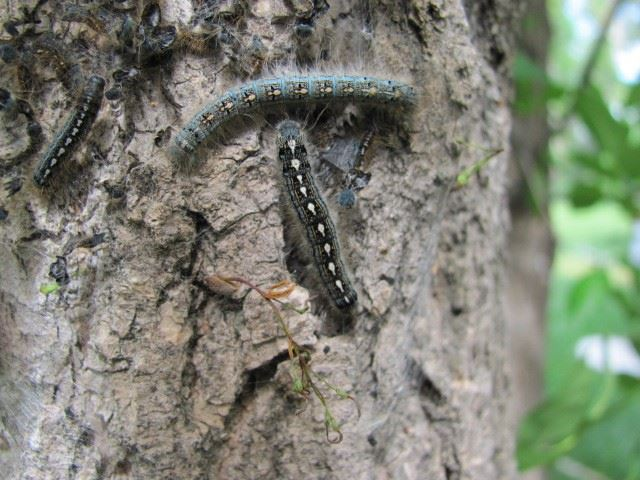 Forest Tent Caterpillars
Forest Tent Caterpillars
The Forest Tent Caterpillar has dark brown or black larvae with blue stripes along the length of the body and white spots on their backs that resemble a boot or footprint and usually reach about 2 inches in length.
Damage
- Attack deciduous trees
- Feed on leaves
- Can cause excessive damage and have the potential to defoliate a tree if the infestation is severe.
- Can be controlled by manual removal if the infestation is mild
- Insecticide application in the spring and early summer
Ladybugs
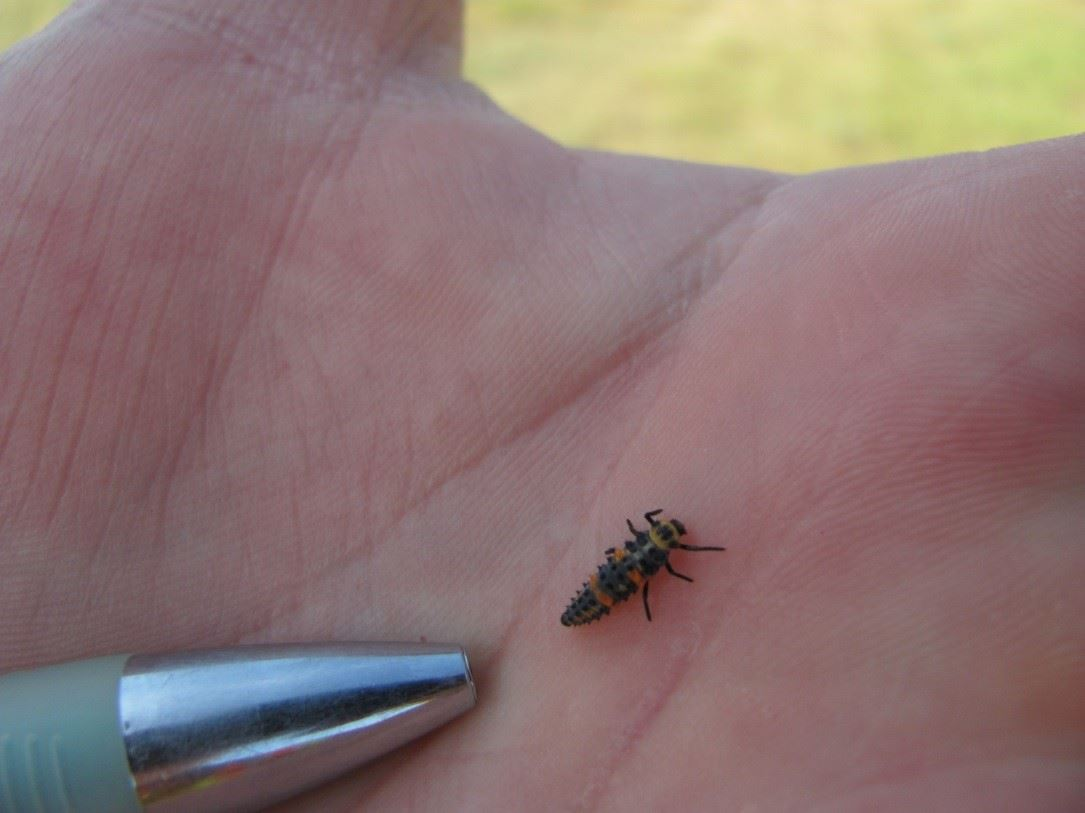 Ladybugs
Ladybugs
Ladybugs are very common and easily recognized because of their black appearance with red or orange wing covers and black spots. Larvae of the ladybug are black with red, orange or yellow stripes or spots. Ladybugs can be found in almost any kind of tree or plant.
Benefit
Ladybugs and their larvae are considered very beneficial to a yard or garden as they will feed on aphids and scale insects and other tree and plant pests.
Leaf Rollers
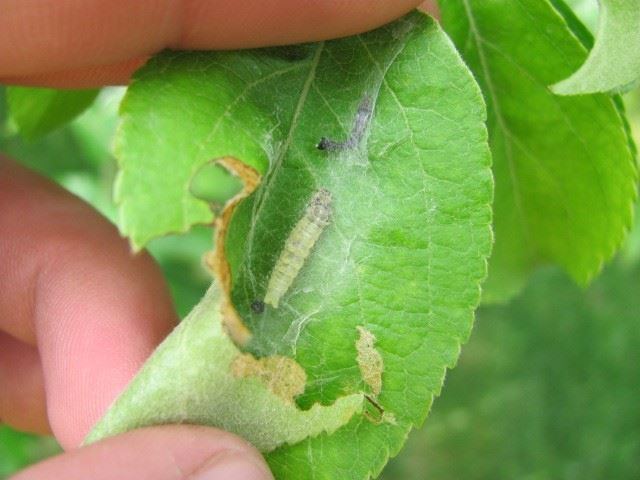 Leaf Rollers
Leaf Rollers
Green caterpillar with a brown or black head. Relatively small at about ¾ to 1 inch long. Roll themselves in leaves for protection and to pupate.
Damage
- Attack deciduous trees
- Feed on leaves
- Mostly aesthetic and in small numbers generally won’t affect the health of the tree
- Easily controlled by manual removal of larvae or rolled leaves
- Dormant oil in the early spring will help to control numbers
- If infestation is heavy enough, an insecticide application may be necessary
Needle Cast
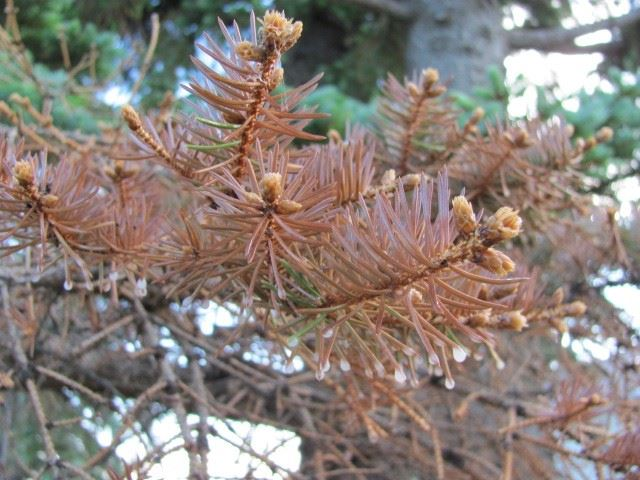 Needle Cast
Needle Cast
Need cast is a fungal disease of conifers and causes a brownish-purple discolouration of the needles, which eventually die and fall off.
Damage
- Attacks conifers
- If left untreated can cause a tree to lose all its needles and die
A fungicide applied twice a year for two or three years will help to control the fungal disease and prevent it from spreading.
Needle Scale
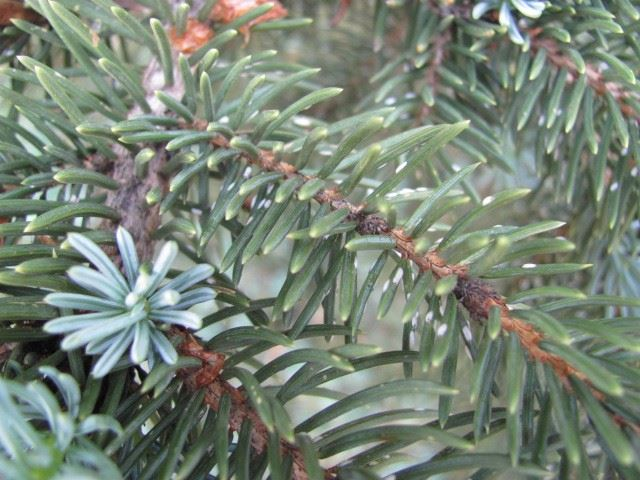 Needle Scale
Needle Scale
Pine Needle Scale are very small insects that cover themselves with a hard, scale-like shell that appears as a white spot on needles.
Damage
- Attacks conifers
- Can cause yellowing of needles
- Mostly aesthetic, generally not posing a real threat to the health of the tree in smaller numbers
- Application of dormant oil in the early spring is the best option
- Insecticide application will offer some control
- Manual removal is an option, but in most cases is too labour-intensive and time-consuming
Spider Mites
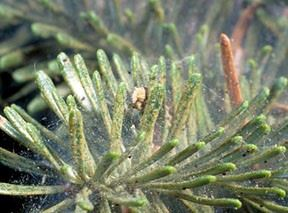 Spider Mites
Spider Mites
Spider Mites are very tiny and hard to see, therefore difficult to identify. They are typically less than 1 millimetre in length and red or brown in colour and produce a webbing at the base of the needles.
Damage
- Attack conifers
- May cause yellowing of needles
- Usually do not pose a major threat to the health of the tree in smaller numbers
- Can be controlled by washing the tree down with high-pressure water
- A miticide application may be needed if the infestation becomes severe
- Dormant oil application in the early spring will help to control numbers
Spruce Budworm
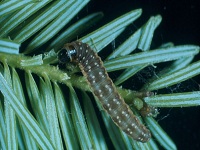
Spruce Budworm
Appearance and Life Cycle
From July to early August, every spruce budworm moth deposits about 100 eggs each, in clusters of 15 to 50 on the underside of needles. Within two weeks, larvae emerge and begin to construct overwintering shelters of silk. Larvae do not feed prior to overwintering. Shortly before the buds begin to expand in the spring, the small larvae begin feeding on old needles. As the buds break the larvae move to the new succulent needles and feed for 3 to weeks. Full-grown larvae are 20 to 25 millimetres (mm) in length and have a shiny dark-brown head and a reddish-brown body with whitish or yellowish spots. Pupation occurs within the trees, with adults emerging in about 10 days. The budworm has one generation per year.
Damage
Initially, the larvae mine the previous year's needles and cause minimal damage. When the larvae move to the new needles, they form protective shelters by tying the needles and developing shoots together with webbing. Each larva may construct several shelters during its development. Damage is often most noticeable in the crowns of the trees where the foliage appears reddish-brown and scorched. The larvae are wasteful feeders and leave dried, partially consumed needles on the trees. During severe infestations, the budworm can completely defoliate all new foliage along with some old needles. Repeated severe infestations can kill the tops of the trees in 3 years and whole trees in 5 years.
Control
Spruce budworm populations are generally regulated by natural factors and require control only during epidemic outbreaks. Where practical, handpick the larvae from the tree early in the season. Insecticides registered for budworm control include Bacillus thuringiensis, dimethoate, malathion and trichlorfon.
Yellow-Headed Spruce Sawfly
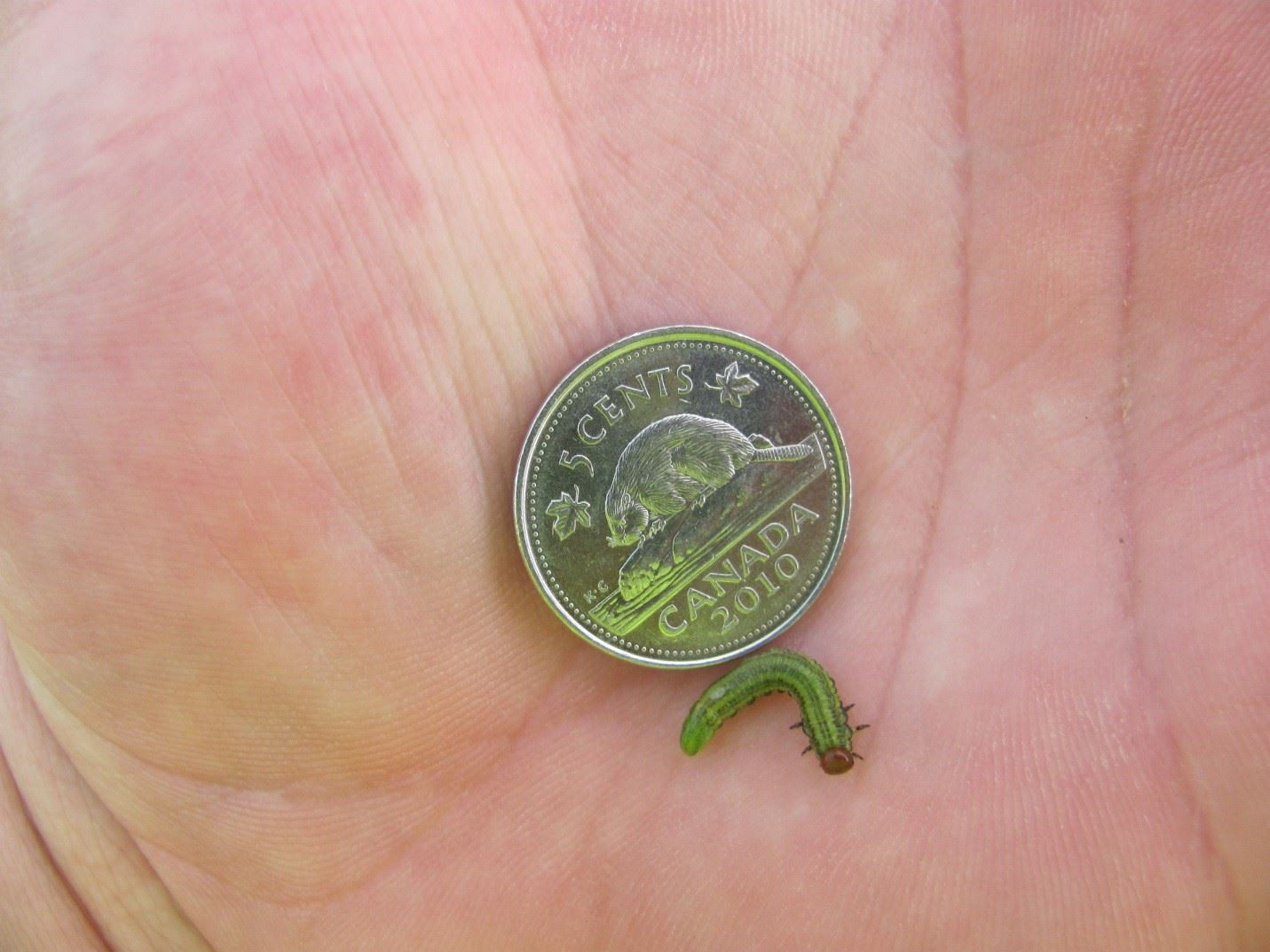 Yellow-Headed Spruce Sawfly
Yellow-Headed Spruce Sawfly
Characteristics
The Yellow-Headed Spruce Sawfly produces a green larva with a prominent yellow or amber-coloured head and thin grey strips running the length of the body and is fairly small at about 1 inch in length.
Damage
- Attack conifers
- Feed on needles
- Can cause extensive damage to spruce trees if the infestation becomes severe
Control
- Manual removal is an option for a mild infestation
- Insecticide application is generally the most effective method to control
- Request tree spraying here.
